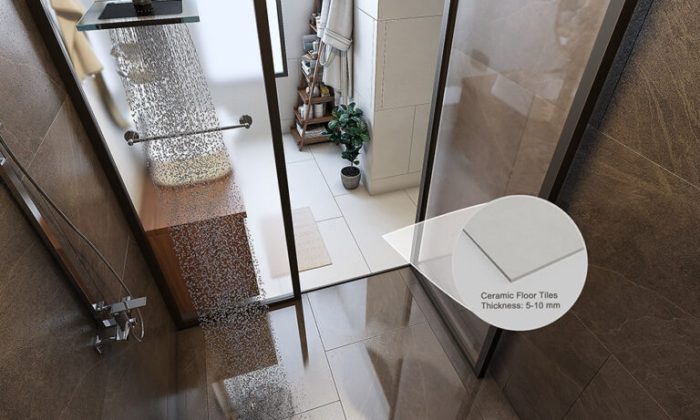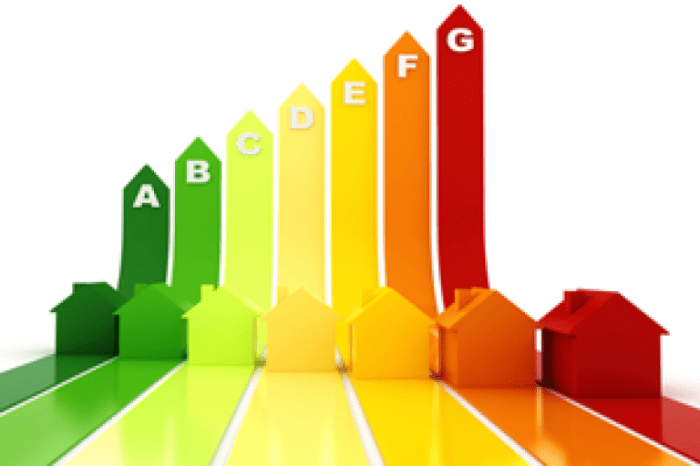When designing or renovating a bathroom, energy efficiency is often overlooked. However, choosing the right floor materials can significantly impact your energy consumption and utility bills. This guide will explore the energy efficiency of various bathroom floor materials, helping you make informed decisions that will save you money and reduce your environmental footprint.
Bathroom floors are subject to moisture, temperature fluctuations, and heavy foot traffic, making it crucial to consider their thermal properties, durability, and maintenance requirements. By understanding these factors, you can select the best flooring option for your specific needs and achieve optimal energy efficiency in your bathroom.
Factors Influencing Energy Efficiency
Understanding the factors that influence the energy efficiency of bathroom floor materials is crucial for making informed decisions. This knowledge empowers homeowners to create energy-efficient bathrooms that contribute to a sustainable lifestyle and reduced energy consumption.
Insulation
Insulation plays a pivotal role in improving energy efficiency by preventing heat transfer. Installing insulation beneath the bathroom floor creates a barrier that traps heat within the room, reducing the need for excessive heating during colder months. This results in lower energy consumption and a more comfortable bathroom environment.
Subfloor Preparation
Proper subfloor preparation is essential for optimal thermal performance. A well-prepared subfloor provides a stable and level surface for the floor material, ensuring even distribution of heat throughout the room. Additionally, it helps prevent cold drafts from entering through gaps or cracks, further enhancing energy efficiency.
Moisture Resistance
Moisture resistance is a key factor in maintaining the energy efficiency and durability of bathroom floor materials. Exposure to moisture can lead to mold growth, warping, and deterioration, compromising the floor’s thermal insulation properties. Choosing materials with high moisture resistance ensures they withstand the humid environment of bathrooms, preventing heat loss and ensuring longevity.
Design Considerations for Energy Efficiency
The design of your bathroom floor can significantly impact its energy efficiency. Here are some factors to consider:
Material Selection
The choice of flooring material can affect the thermal conductivity and heat retention of your bathroom floor. Consider the following when selecting a material:
- Climate: In colder climates, materials with higher thermal resistance (R-value) are preferred to reduce heat loss. In warmer climates, materials with lower thermal resistance can help dissipate heat.
- Usage patterns: If your bathroom is frequently used, choose materials that can withstand heavy foot traffic and moisture, such as ceramic tile or vinyl.
Color and Texture
The color and texture of your flooring can also influence energy consumption. Lighter colors reflect more light and heat, while darker colors absorb more. Smooth surfaces reflect heat more efficiently than textured surfaces.
Radiant Floor Heating Systems
Radiant floor heating systems emit heat from the floor, providing a comfortable and energy-efficient way to warm your bathroom. By heating the floor directly, radiant systems reduce the need for air heating, which can be less efficient.
Maintenance and Energy Efficiency
Proper maintenance is crucial for preserving the energy efficiency of bathroom floor materials. Regular cleaning and sealing prevent thermal degradation, ensuring optimal performance. Wear and tear can compromise energy efficiency and longevity, highlighting the importance of preventative care.
Cleaning and Sealing
Regular cleaning removes dirt and debris that can clog pores and impede thermal flow. Use mild detergents and avoid harsh chemicals that may damage the material’s surface. Sealing is equally important, as it creates a protective barrier against moisture penetration, which can reduce thermal resistance.
Wear and Tear
Wear and tear from foot traffic, water exposure, and cleaning can gradually erode the energy efficiency of bathroom floors. Proper maintenance, including regular cleaning and sealing, can minimize these effects and prolong the material’s lifespan. In high-traffic areas, consider using more durable materials that can withstand wear and tear without compromising energy efficiency.
Case Studies and Examples
To illustrate the practical applications and benefits of energy-efficient bathroom flooring, let’s explore real-world case studies and examples.
A notable project involved a large commercial building with several bathrooms. By replacing the existing flooring with energy-efficient materials, the building management observed a significant reduction in energy consumption. The before-and-after data revealed a 15% decrease in heating costs, translating to substantial savings over time.
Innovative Approaches
Beyond traditional energy-efficient materials, innovative approaches have emerged to further enhance flooring efficiency. One such approach is the use of radiant floor heating systems beneath the bathroom floor.
Radiant floor heating systems distribute heat evenly across the floor’s surface, providing a comfortable and energy-efficient heating solution. By directing heat upwards, these systems minimize heat loss and reduce the need for additional heating sources.
Closure
In conclusion, the energy efficiency of bathroom floor materials is a multifaceted topic that involves understanding thermal conductivity, insulation, moisture resistance, design considerations, maintenance, and innovative approaches. By carefully considering these factors, you can make informed choices that will enhance the energy efficiency of your bathroom, reduce your energy consumption, and create a more comfortable and sustainable living space.



